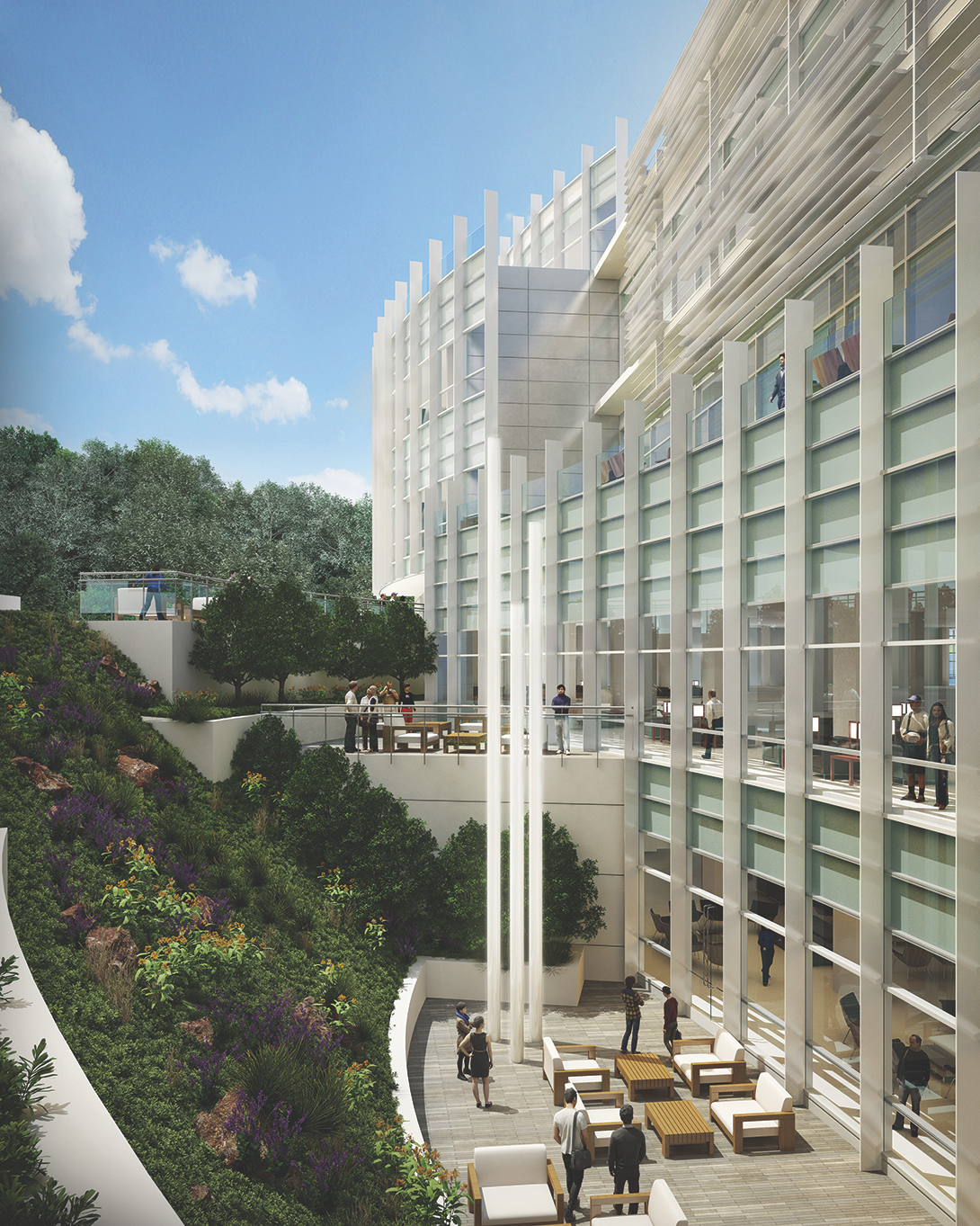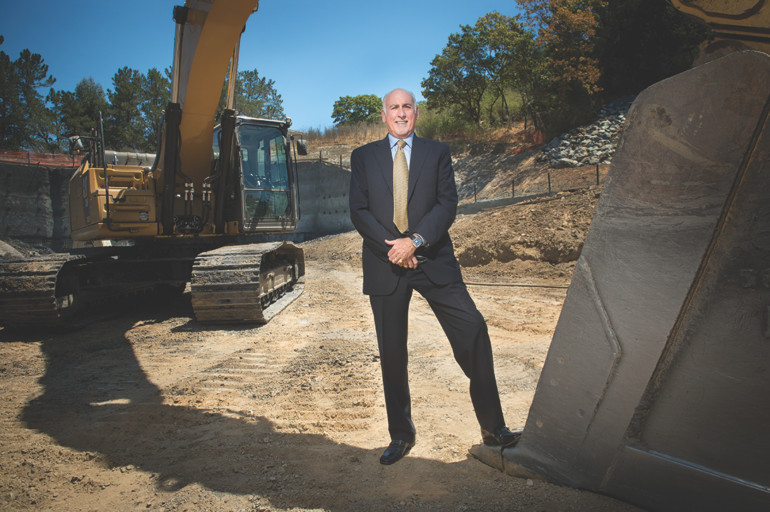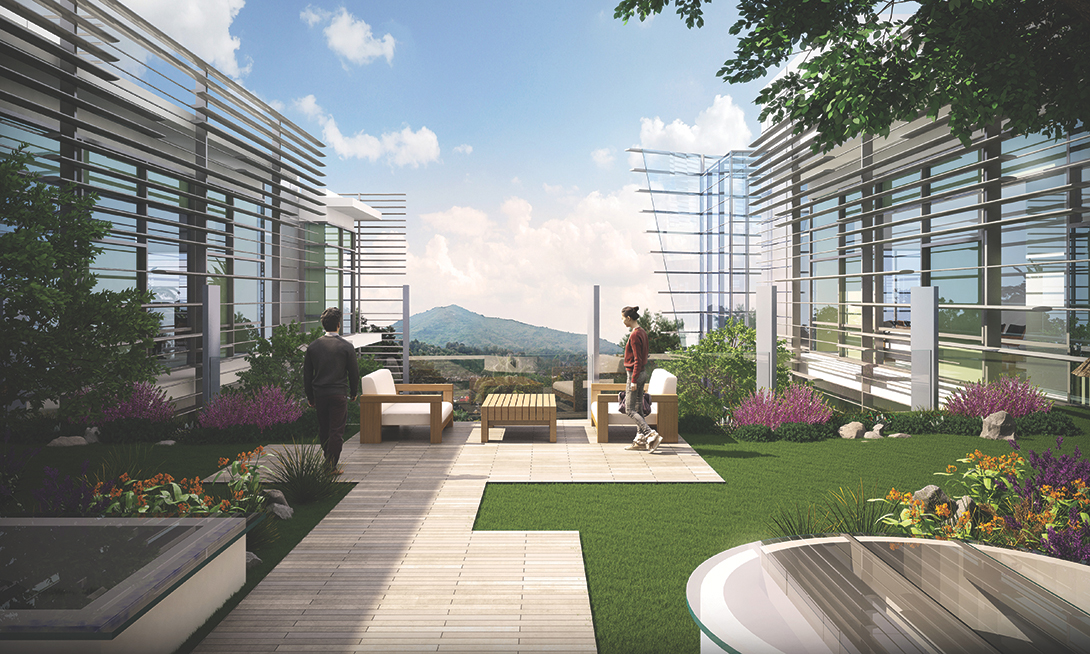MANY SAID IT couldn’t be done. Six years ago, the health care giant Sutter Health prematurely released Marin General Hospital from a management contract following years of political turmoil. Thus the relatively small hospital, as compared to San Francisco über-institutions such as UCSF and California Pacific Medical Center, was free to fend for itself. At the time, many thought forced to fend for itself was the more appropriate term.
In an age of massive health care operations and collaborations, how could a stand-alone, independently run hospital hope to compete? Health care giant Kaiser Permanente already had a Marin enrollment estimated at 40 percent of the county’s 255,000 residents. And MGH had allegedly just seen $100 million disappear from its cash reserves when the management contract was terminated. Furthermore, the hospital was hardly known for high morale among its doctors and nurses. And if staff spirits were low, some surveys indicated customer satisfaction was even lower. As if all that wasn’t enough, Marin General, owned by the state-established nonprofit Marin Healthcare District, was required by law to be seismically retrofitted within a few years, at a cost that reached into the millions of dollars.
Enter Mill Valley’s Lee Domanico, then 57, with a B.A. in industrial engineering from University of Michigan, a master’s degree in the same field from Stanford and, perhaps more important, 30 years of experience in the rugged business of hospital administration. By 2013, after less than four years of leading the health care district, Domanico and his staff had given county residents (save for the areas not in the district: Novato and portions of West Marin) such confidence they convincingly approved a $394 million bond issue to finance MGH’s needed improvements and seismic retrofit. Obviously, staff and patient outlooks had markedly improved.
So we’re all on the same page, what will the project entail and what is the construction sequence?
Here’s how it will work: a 455-space parking structure for our staff is already under construction. This will free up ground parking for patients and visitors and provide a footprint for our new structure. The architecturally iconic west wing building was constructed in the 1980s, so it is seismically sound and will remain, but will be remodeled to accommodate 57 private rooms, with an option to expand to 79 beds if needed. What we call the “east central building,” built in the ’60s and not earthquake safe, will be taken down and replaced with a 266,000 square-foot structure that will be attached to the west wing and have 115 private rooms. We’re calling that project “MGH 2.0.” This construction should be completed in 2020.

Is that the scope of the project?
Not quite. A 100,000 square-foot medical services building and an accompanying 435-space parking structure have been approved and planned for, but will not be built until sometime after 2020, when the first phase of construction is completed.
Will the hospital remain open during construction?
Absolutely. Of course there will be construction noise, but every effort will be made to keep it to a minimum. We will utilize the west wing while the replacement hospital, or MGH 2.0, is under construction, then use the new building while the west wing is being remodeled. As I said, we expect this first phase to take four years.
Will completion of the first phase result in a larger Marin General Hospital?
It will be about the same square footage, around 350,000 square feet, and the same number of beds, 194, but the new rooms will almost all be private, with either a Mount Tam or a garden view.
In 2013, Marin voters approved a $394 million bond issue to construct an earthquake-safe, virtually new hospital. However, the entire project, not including the medical services building and its parking garage, is estimated to cost $550 million. Where will the missing $156 million come from?
We’ve already started a “Friends and Family” capital campaign that to date has raised about $20 million. So we’re confident personal donors and foundation grants will eventually fill that gap. Operating as an independent hospital means having as small a debt load as is possible.
The renderings of MGH 2.0 are very impressive. Considering health care’s constantly rising costs, possibly too impressive. Will the new MGH be a “health care palace”?
By intention, we are not building a health care palace. However, we are constructing buildings that will exude confidence, that will be comfortable, healing environments. We are building to the Kaiser cost model; our square foot cost is comparable to the new Kaiser hospital in Oakland. We know this because we are using the same contractor and we’ve had two other estimates to ensure that our costs are reasonable. We are not wasting money, but we will give the community a very good hospital.
Who is the architect?
It is LBL Architects, based in Los Angeles. They are also doing the new $2 billion Stanford hospital. Our hospital is being designed to be a healing environment. By that I mean one with access to nature; one that is quiet; one that, as we say, “brings the outside inside.” There will be large solariums in the corners of the buildings for patients and visitors to use.
Regarding a new Stanford hospital, California Pacific Medical Center is also building a new facility. How will MGH compete? What will be MGH’s niche?
For what we do, we need to provide the same level of sophisticated, highly complex care as you could get anywhere in the Bay Area. We need to provide a level of service for the patient that you might find at a larger hospital.
Reportedly, your salary is at the $1 million-a-year mark, among the highest for hospital administrators in California. Would you comment on that? Also, do you plan to stick around once a new MGH is in place?
That salary figure includes a bonus, which is about 45 percent of my compensation. The bonus is based on safety, quality of service, growth, the new hospital and fundraising. So it’s a balanced scorecard. And the chances of maximizing the bonus are maybe 10 percent. So it’s not easy. My salary is reviewed by a board committee, which in turn hires compensation consultants, who give the board an opinion on my compensation being reasonable, being fair and meeting IRS standards for a not-for-profit organization. Compensation, like many things, is based on what the market will pay for certain skills and talents. I’d rather be paid like a college football coach, but I’m not a college coach, I’m a hospital CEO — so I get paid like other hospital CEOs. As for remaining on the job, my goal is to get the new hospital finished. That’s the current plan; we’ll see what happens after that.
This article originally appeared in Marin Magazine’s print edition with the headline: “Lee Domanico”.



